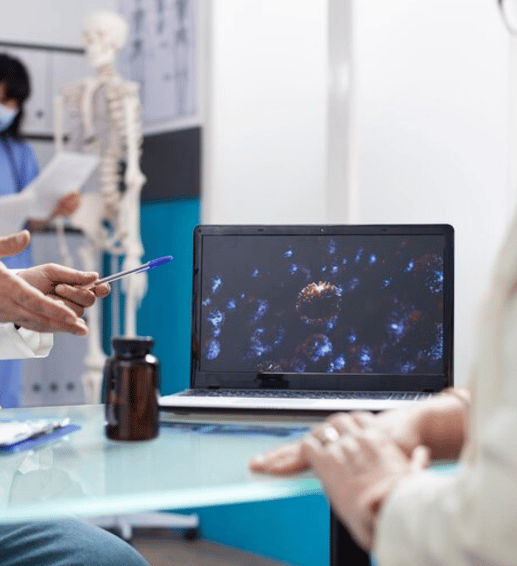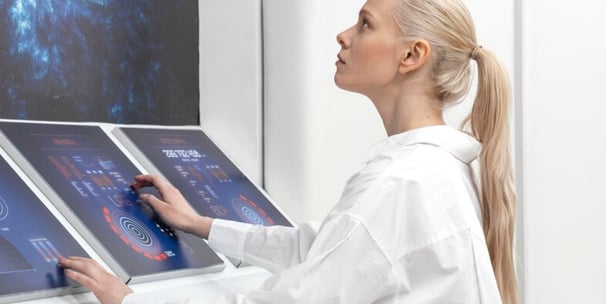Kelli Binesar
My name is Kelli Binesar, and my research focuses on exploring the perceptions, expectations, and concerns of radiology professionals regarding the integration of artificial intelligence (AI) into clinical radiology practice. With a background in medical imaging informatics and qualitative research methods, I am particularly interested in how attitudes within the radiology community shape AI adoption, influence training priorities, and affect clinical workflows. As AI tools become increasingly prevalent in image analysis and diagnostic support, understanding the human response to these technologies is essential for their ethical and effective deployment.
In my recent work, I conducted mixed-method studies involving structured interviews, large-scale surveys, and focus groups with radiologists, radiographers, and trainees across various healthcare institutions. My research investigates factors such as perceived usefulness, trust in AI decision-making, concerns about job displacement, and expectations for explainability. Preliminary findings suggest that while radiologists generally view AI as a supportive tool rather than a replacement, there remains significant variability in acceptance based on clinical experience, institutional exposure, and training background. These insights provide a foundation for developing targeted educational and policy frameworks.
Understanding radiologists’ attitudes toward AI has direct implications for clinical implementation strategies, professional development, and regulatory guidance. My work supports the co-design of AI tools that reflect user needs and promote trust by offering transparency, control, and interpretability. I also advocate for embedding AI literacy into radiology residency programs and continuing education, ensuring that practitioners are equipped to critically evaluate and integrate new technologies. From a policy perspective, aligning AI development with the real-world concerns of end-users is crucial to achieving safe, sustainable adoption in healthcare systems.
Looking ahead, my vision is to help shape a collaborative AI integration model in radiology—one that respects professional expertise while embracing technological advancement. I am currently working on longitudinal studies that track how attitudes evolve with direct AI exposure and performance feedback. I am also exploring cross-cultural comparisons to assess how institutional and national differences affect AI readiness. Through this research, I aim to support the design of inclusive, human-centered AI systems that enhance diagnostic accuracy while preserving the trust, judgment, and autonomy of radiology professionals.


Exploring AI in Radiology Together
At Radai View, we conduct qualitative research and surveys to understand AI's impact on radiology, focusing on trust, explainability, and policy recommendations for improved adoption and training.


Our Mission
Our Vision
We aim to bridge the gap between technology and radiology professionals, ensuring that AI tools are effectively integrated into practice while addressing concerns and enhancing trust through comprehensive research and insights.
Radiology Insights Services
We conduct qualitative research and surveys to enhance AI integration in radiology practices effectively.




Qualitative Exploration
In-depth interviews with radiologists and technologists to understand AI usage, trust, and training needs.
Survey Design
Crafting comprehensive surveys to assess trust, explainability, and adoption intent for AI in radiology.